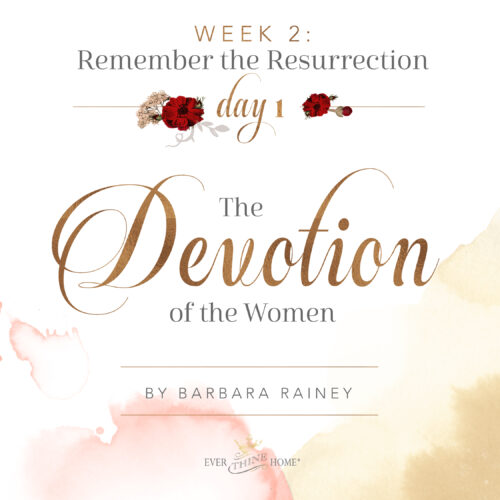
One too-common trait that our six children shared was that none of them seemed to mind voicing their unhappiness about anything. Complaining was as natural as breathing to them.
I wanted more grateful kids. So, I took it as a personal challenge to develop in my children an attitude of gratitude.
Now I would like to pass some of these stories along to other families. Ultimately, gratitude is a choice of the will, but I still believe that introducing our children to the true stories of people who accepted their discomforts and limitations with faith and gratitude will inspire our children to think differently about their own lives.
The goal of this gratitude series is to help you lead your children to focus on gratitude.
By repeatedly talking about this quality you can begin to reinforce the concept in their thinking, and the additional benefit will be the time you spend together as a family. Whether your family all piles on the couch together for these stories or one person reads as everyone else stands in the kitchen fixing school lunches or eating a quick breakfast, hearing great stories of faith together will be a bonding time for all.
May your family discover the joy that comes when we choose to give thanks and acknowledge God’s loving involvement in the circumstances of our lives. Here’s a prayer that would be an easy start to begin each lesson.
“Lord, behold our family here assembled. We thank You for this place in which we dwell, for the love accorded us this day, for the hope with which we expect the morrow; for the health, the work, the food and the bright skies that make our lives delightful; for our friends in all parts of the earth.”1 —Robert Lewis Stevenson

On a hot July day, Joni Eareckson, an adventurous 17-year-old girl, dove into the Chesapeake Bay. As Joni’s body went into the shallow water, her head crashed into a rock and she could not swim to the surface. Her sister, noticing something was wrong, jumped in and dragged her out.
During the ambulance ride to the hospital, Joni confidently told the EMTs she’d be back to normal soon. Only a few months later the painful reality settled in: she was a quadriplegic and would never walk again.
In the early years after the accident, Joni often wanted to die. She experienced depression, anger, fear, and spent hours asking a friend why God would let this happen. Slowly she began to believe that somehow God could still use her life for good. She said, “I began to see that . . . Heaven and Hell were participating in the exact same event, but for different reasons. . . . The devil [thought] with delight, ‘Aha, I have now shipwrecked this girl’s faith.’”
But “God can reach down to what would seem like a terrible difficulty and wrench out of it positive good for us and glory for Himself.”
“Suffering,” she said, “is still a mystery.”*
Joni has since become famous, first for learning to paint with a brush between her teeth, then for writing her story, Joni, which has been translated in many languages, and later for her worldwide ministry, Joni and Friends, that reaches the handicapped all over the world. But more important than all she has accomplished as a quadriplegic, including living longer in a wheelchair than any other known person with her condition, is Joni’s joyful, positive, delightful attitude. She is one who would have every reason to feel sorry for herself, but she doesn’t. Years ago she learned to give thanks in the midst of the most difficult circumstances, and she hasn’t stopped. It shows in her smile, in her beautiful singing, and in her focus on the needs of other people even when she needs others to care for her around the clock.
Joni Eareckson Tada (she married Ken Tada in 1982) is a hero. Not because of what she has done, she would say, but because she has chosen to believe God for good in her life, even while trapped in a broken body. Recently she has been living with chronic pain and battling breast cancer.

Feel it, Learn it, Keep it: Try this activity to help the message sink in with your family.
Everyone find a chair in which to sit, preferably an arm chair. The rules are very simple. No one, including adults, can move any part of their body except their head. If your nose or eye or chin itches, you can’t touch it. If you have to go to the bathroom, you can’t move. If you are hungry, you can’t get up to get food. If you want to cross your legs, remember you can’t move them. The idea is to experience, for as long as possible, what it might be like to be a quadriplegic. Remember everyone can talk, so as you sit still together, talk about being grateful for all you each can do as truly healthy individuals.
When everyone has reached their limit, call an end to the forced experiment. While the experience is fresh, write a collective list of all the motions and actions—like feeding yourself or walking or running—you can do all day long; things that we each take for granted. Or have each person take a card or piece of paper and make their own list, seeing who can make the longest list.
Another idea is to hand each person a card which they will take with them to school or work. During the day write all the actions and movements they can do that Joni can’t. Then at dinner or before bed share your lists together, and end the day with prayers of genuine heart-felt gratitude to God for all your combined abilities.
Finally, make some time to get to know Joni. Visit her website (www.JoniandFriends.org). Listen to one of her radio broadcasts on FamilyLife Today here . Learning about her life just might change yours. Then one day in Heaven you will recognize her beautiful face as she comes skipping to meet you in our forever home.
Stay tuned to get the next lessons here on the blog the next several Thursdays. Here are links to Lesson 1 and Lesson 2. I invite you to subscribe to my blog so that you’ll get the stories right in your inbox as soon as they’re available!
*Gene Fedele, Heroes of the Faith (Alachua, FL: Bridge-Logos, 2003), 245–6.



